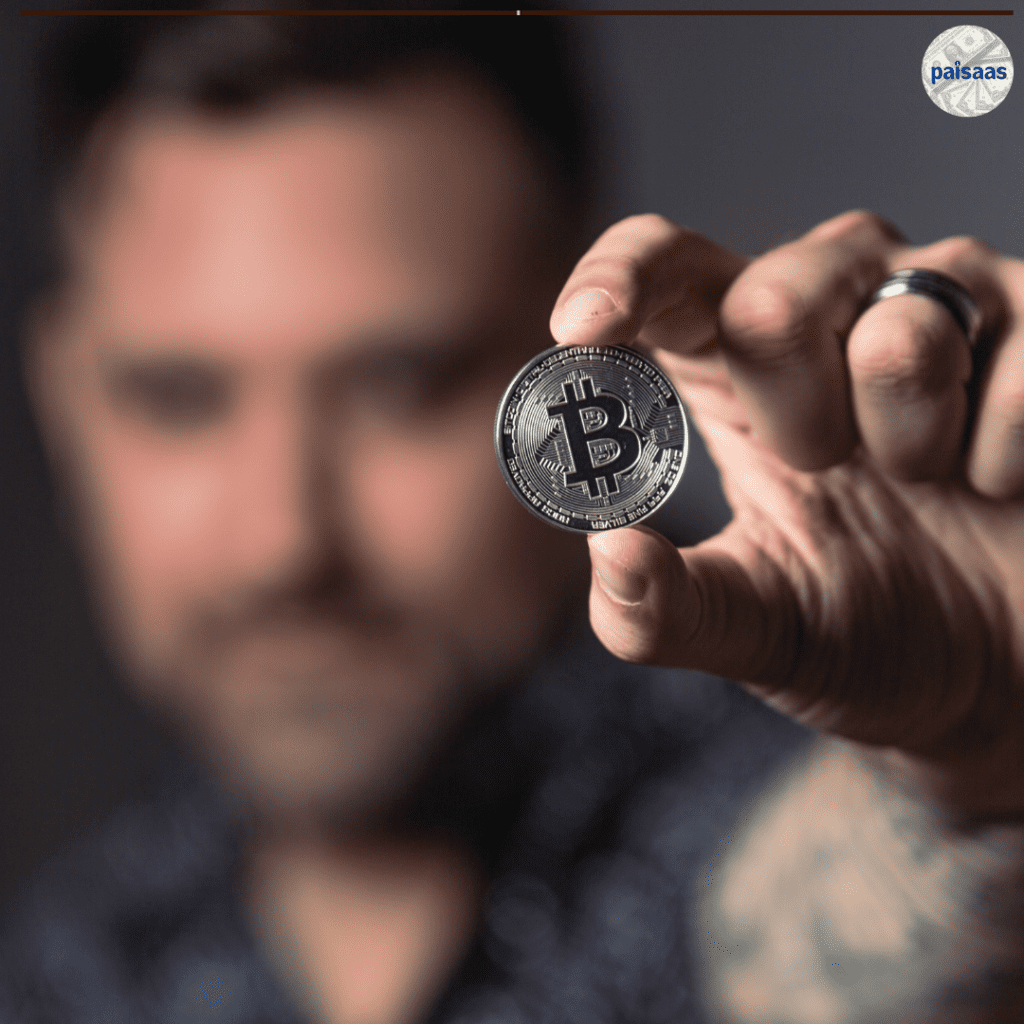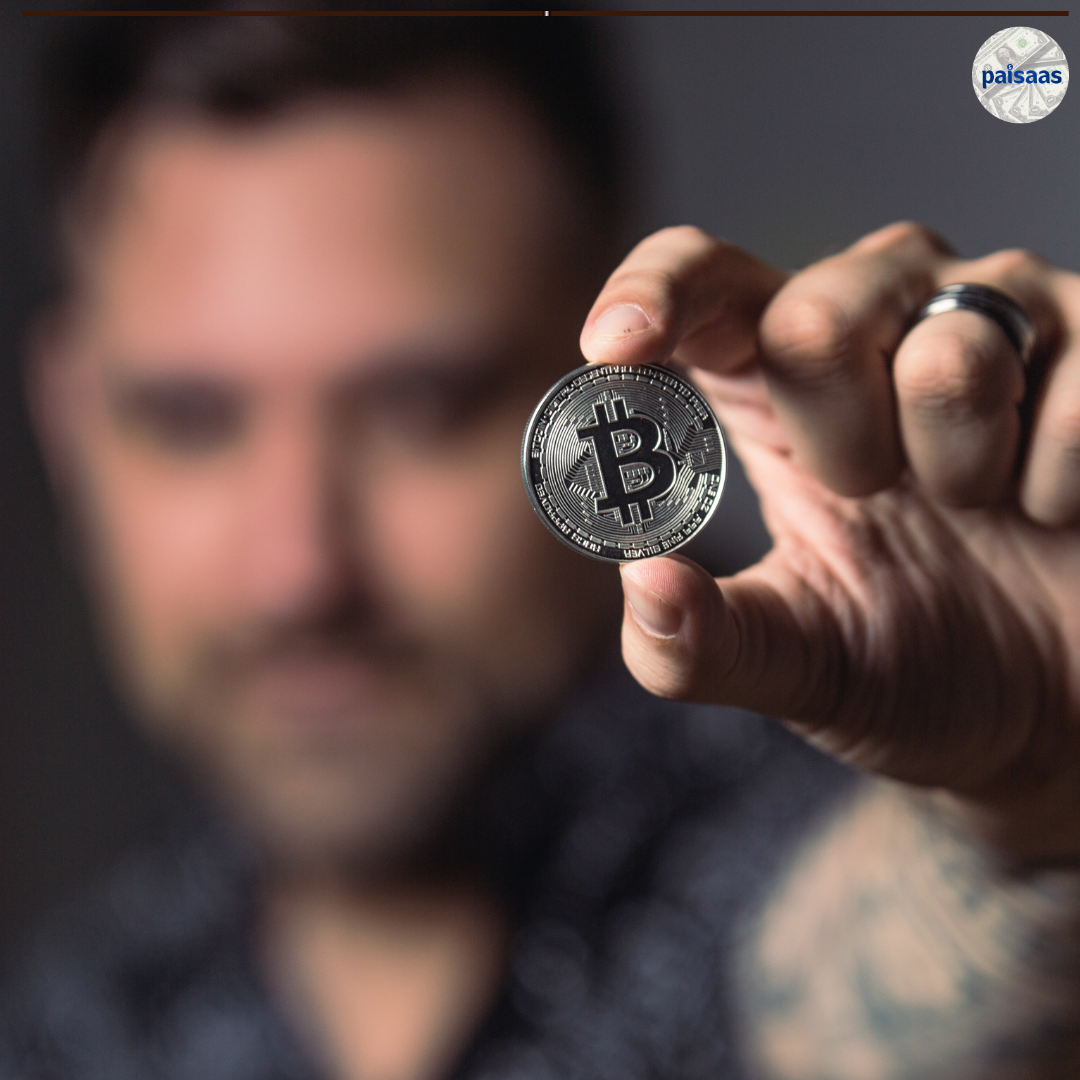

Unveiling Initial Coin Offerings (ICOs): Mechanics, Functionality, and Associated Risks
Unveiling Initial Coin Offerings (ICOs): Mechanics, Functionality, and Associated Risks
Introduction:
Initial Coin Offerings, also known as ICOs, have recently garnered a lot of interest as a potentially useful means for producing funds within the cryptocurrency industry. This focus has been driven by the fact that ICOs are also known as Initial Coin Offerings. Initial coin offerings (ICOs), which make use of blockchain technology, have radically changed the way through which new firms and projects can raise capital. In this article, we will investigate the concept of initial coin offers (ICOs), as well as the mechanisms that lie beneath them, how they function, and the potential risks that are involved with them.
- Understanding ICOs: 1.1 Definition: ICOs are a fundraising mechanism utilized by cryptocurrency projects and startups to raise capital by issuing and selling tokens to investors in exchange for established cryptocurrencies like Bitcoin or Ethereum.
1.2 Purpose: ICOs serve as an alternative to traditional funding methods such as venture capital or initial public offerings (IPOs). They enable projects to bypass intermediaries, reach a global investor base, and provide liquidity to their tokens.
- Mechanics of ICOs: 2.1 Token Creation: A project or startup creates a new cryptocurrency or token, typically based on a blockchain platform like Ethereum. These tokens represent ownership, utility, or participation rights within the project ecosystem.
2.2 Token Sale: The project initiates a token sale or ICO, publishing a whitepaper that outlines the project’s details, goals, and the mechanics of the token sale. Investors interested in the project can participate in the ICO by purchasing the newly issued tokens using established cryptocurrencies.
2.3 Crowdfunding and Token Distribution: During the initial coin offering (ICO), investors contribute cryptocurrencies they already own, and in exchange, they receive a token supply that is equivalent to the amount they contributed. The crowdfunding mechanism makes it possible for initiatives to acquire financial backing from a huge number of donors located all over the world.
2.4 Token Valuation: The value of tokens is determined through market dynamics and investor demand. Following the ICO, tokens can be listed on cryptocurrency exchanges, where their prices fluctuate based on supply and demand.
- Potential Risks Associated with ICOs: 3.1 Lack of Regulation: ICOs operate in a regulatory gray area in many jurisdictions, leading to potential risks such as fraud, scams, and money laundering. Investors may fall victim to deceptive projects that offer unrealistic returns or fail to deliver on promises.
3.2 Market Volatility: Due to the nascent and speculative nature of the cryptocurrency market, token prices can experience significant volatility. This volatility can lead to substantial gains or losses for investors, as market sentiment and external factors influence token valuations.
3.3 Lack of Investor Protection: Unlike traditional investment mechanisms, ICOs often lack comprehensive investor protection frameworks. In case of project failure, bankruptcy, or fraudulent activities, investors may struggle to recover their invested funds or seek legal recourse.
3.4 Limited Transparency and Information Asymmetry: Investors participating in ICOs often face challenges in assessing the credibility and viability of projects. The lack of standardized reporting requirements and limited information transparency can lead to information asymmetry, making it difficult for investors to make informed decisions.
Conclusion
ICOs have revolutionized fundraising for cryptocurrency projects, providing a new path for startups to secure capital and investors to access early-stage investment opportunities. However, the ICO space carries inherent risks, including regulatory uncertainties, market volatility, investor protection issues, and information asymmetry. It is crucial for investors to conduct thorough due diligence and exercise caution before participating in ICOs to mitigate potential risks and maximize the chances of successful investments.




